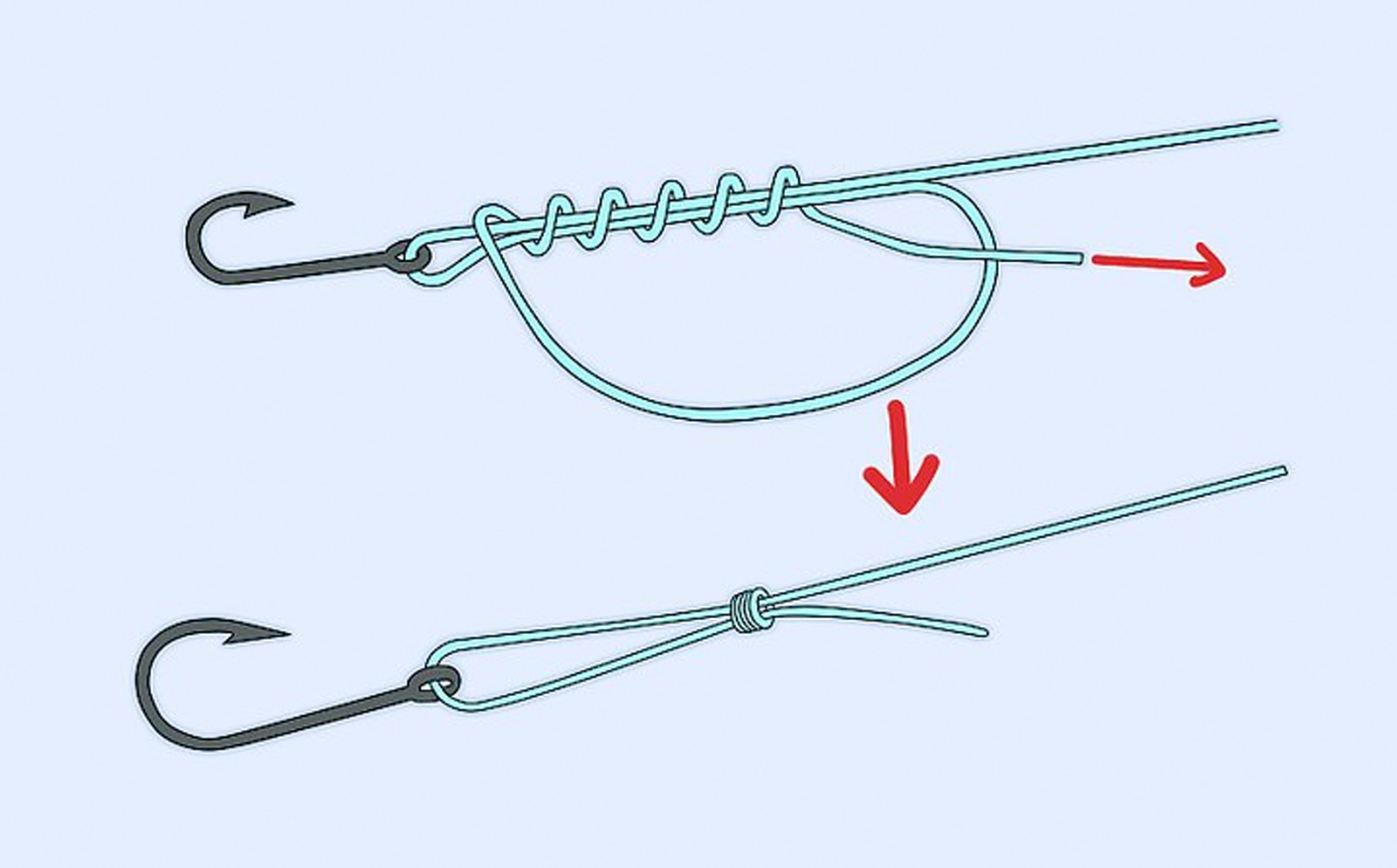
Every year starting around mid-september a special phenomena occurs that is national geographic-esque. Dating back ages, scores and scores of mullet make their annual migration southbound for the winter time.
In Fort Lauderdale, August is one of the toughest months of the year to find mullet. A couple weeks into September the stock slowly starts to get replenished, beginning with scattered schools of bait, bringing relief to many inshore fisherman who have struggled for the past 3 months to score enough live bait to fish with.
Usually by the first week of October the run is full blown. This year the run ‘ran’ a little late not reaching its peak until well into October. The iconic image of the mullet run is acres of bait pushing down the beach with all the players at the event. Meeting the frisky, loggjammed, schools of bait are all the predators and more. Tarpon, snook, jacks of all sizes, sharks, bluefish, ladyfish, and mackerels all line up for the annual feast.
Running north from your local inlet on the search for diving birds and showering mullet can put you right in the heart of the action. If you are there at the right time, the scene can be spectacular with hundreds of thousands of bait being herded south. Tarpon performing aerial displays as they crash through schools, mullet continuously showering in an effort to elude predators, and of course rod bending action.
The mullet run is certainly a site for sore eyes, but it can be a frustrating fishing experience given that your bait is essentially one in a million. It’s sometimes unbelievable that a fish picks your bait out of the chaos. The key to fishing the mullet run, just like any other type of fishing, is patience. Often you will be around a school of bait for hours with nothing hitting them, and then all of a sudden someone hits a switch and mayhem ensues.
So when this happens how do you make your bait stand out in the crowd? The first thing to do is to match the hatch – in other words if a school of 10 inch blacks is pushing down the beach don’t be fishing with finger mullets. Have a wide array of hooks for the size of baits you’re using from a 2/0 or 3/0 for the fingers all the way up to 7/0 for bigger baits. An owner mutu circle hook is pretty hard to beat. Try to fish your bait on the edge of the school where often times the predators hang out looking to pluck off a lonely victim. In deeper water adding a weight to your line to get your bait below the school is another alternative. Some anglers like to use a knife to slice their bait to make it bleed or even throw a dead bait underneath the school hoping theres a lazy fish willing to wolf a mullet head off the bottom. Everyone has their preference – so it’s all a matter of finding out what works best for you.
Not only does the mullet run move down the beach, but it also infiltrates the canals and intracoastal. By doing your homework early and fishing the other ten months of the year, you can find out certain points, canal mouths, and edges where predators like to ambush prey. Fishing these spots during the mullet can be exceptionally fruitful even if there is no sign of bait as these fishing are laying in wait for a school (or your slow trolled) live mullet to come swimming by.
By fishing constantly you increase your awarness of what’s happening and you can stay on top of the pulses of bait pushing south. The more you’re out there the more likely you are to run into a mullet run ‘event’. So next year instead of waiting for the Dolphins to finally have a winning season, use those Sunday mornings to have a day you’ll never forget.


